By 2033, a total of 188,500 teachers and preschool teachers will need to qualify in order to meet the forecasted demand. But if the levels of people starting the qualification and the proportion of students qualifying remain stable, only 144,000 will become qualified teachers in that time.
The area with the greatest shortage is expected to be subject teachers specializing in grades 7-9 of primary school, primary teachers specializing in grades 4-6, and vocational teachers.
Almost half of the required teachers are needed in the three major metropolitan areas: Stockholm, Västra Götaland (home to Gothenburg) and Skåne.
“We are seeing a positive developments in the Swedish school system. We want to strengthen this further, but for that it's necessary for students to have access to qualified teachers,” the agency's general director Peter Fredriksson said, referring to the recent improvement in Sweden's Pisa ranking.
The Pisa results did however show that inequality between schools in privileged and disadvantaged areas was a continuing problem, and Fredriksson said a teacher shortage could exacerbate this.
“Large differences in access to qualified teachers mean that not all students are given the same conditions. In the wake of teacher shortages, there is also a risk that well-educated teachers will move away from schools in vulnerable areas. The teacher shortage risks making the lack of equality in schools worse,” he commented.
The good news in the agency's forecast, published on Tuesday, was that the estimated teacher shortage had fallen compared to a previous forecast in 2017. The earlier forecast had predicted that Sweden would be short of 80,000 teachers within 15 years.
The main cause of the decrease in the predicted shortage is a fall in immigration, which means the population increase is expected to decline. Most of the teachers who are needed will be required over the next five years, due both to a population increase in recent years as well as the number of teachers expected to enter retirement.
But another reason for the slight improvement is that more teachers are choosing to stay in the profession.
“In the data we can see that more people are returning to the teaching profession and that a larger proportion remain in the profession. It's gratifying […] More than 90 percent of Swedish teachers are satisfied with their work, a large international study showed,” Fredriksson said.
He also highlighted measures being taken at national and local levels to help retain teaching staff and to ensure those working in schools could use their time and skills most effectively, such as hiring more school staff including teaching assistants and social workers.
Detailed forecasts for specific roles and different geographic areas can be found (in Swedish) here.

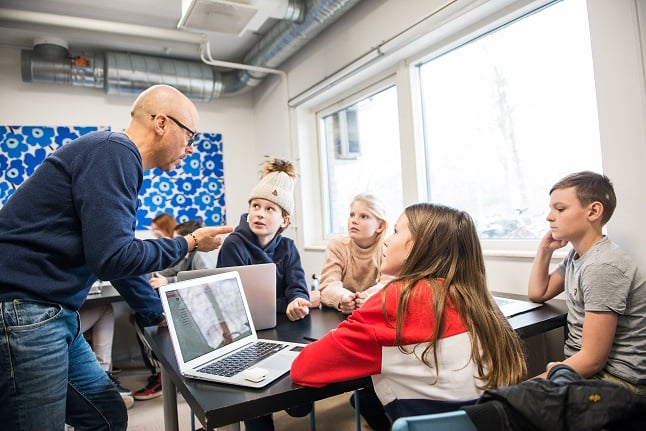
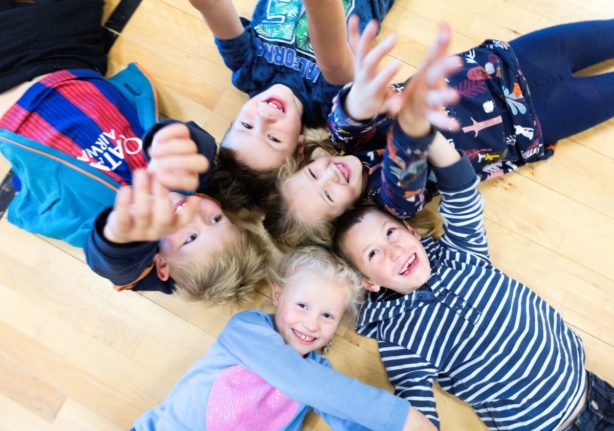
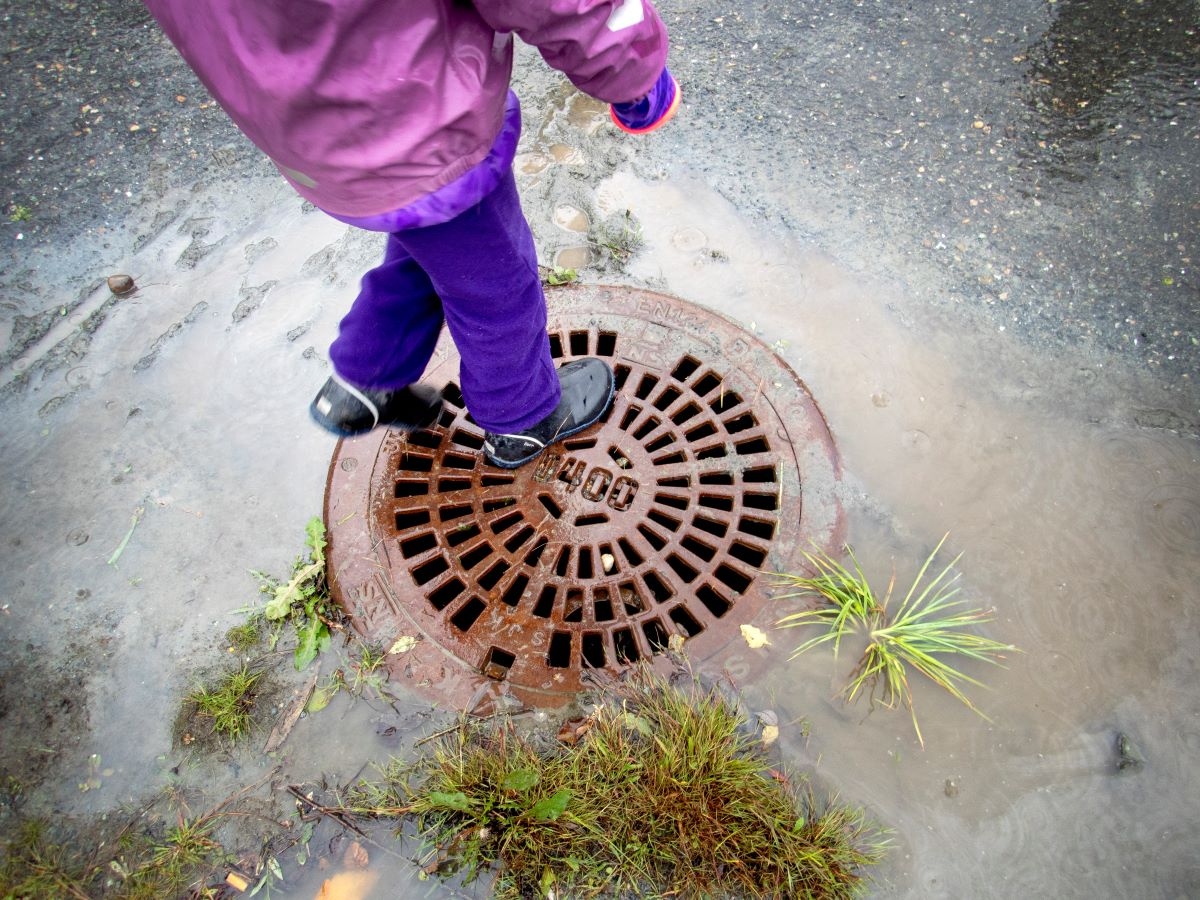
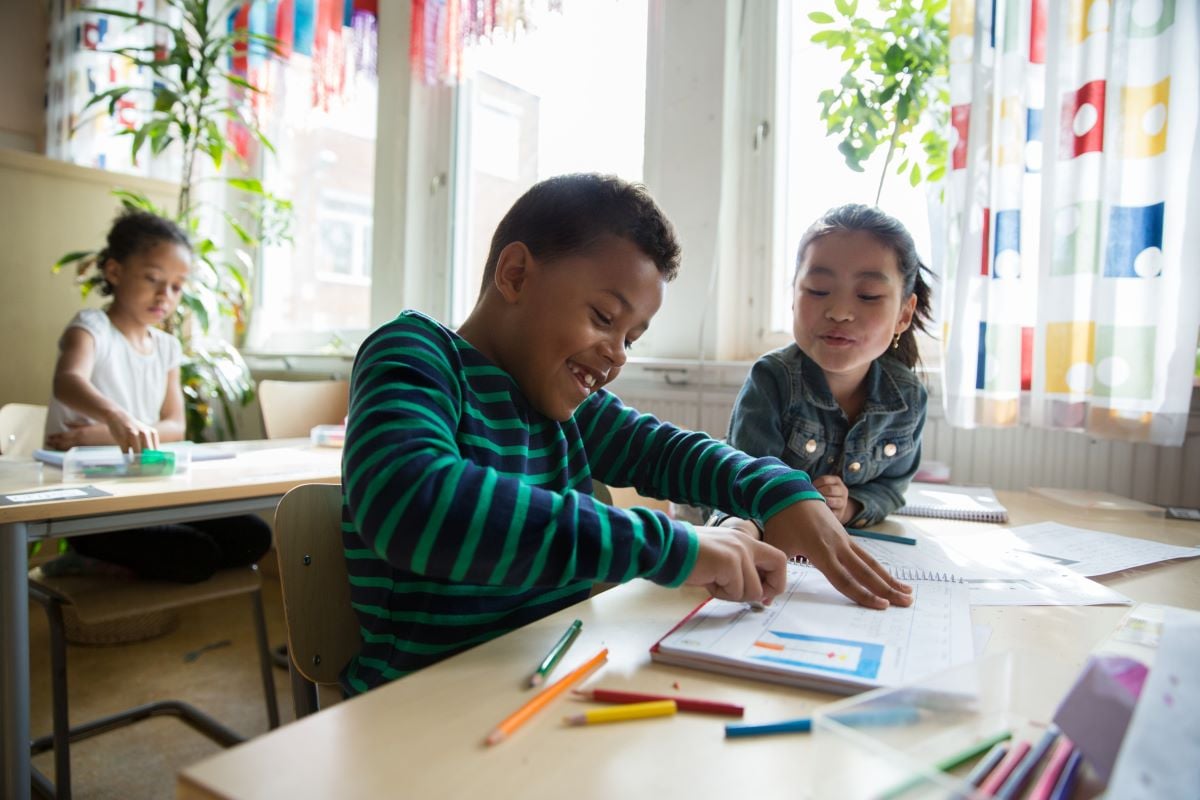
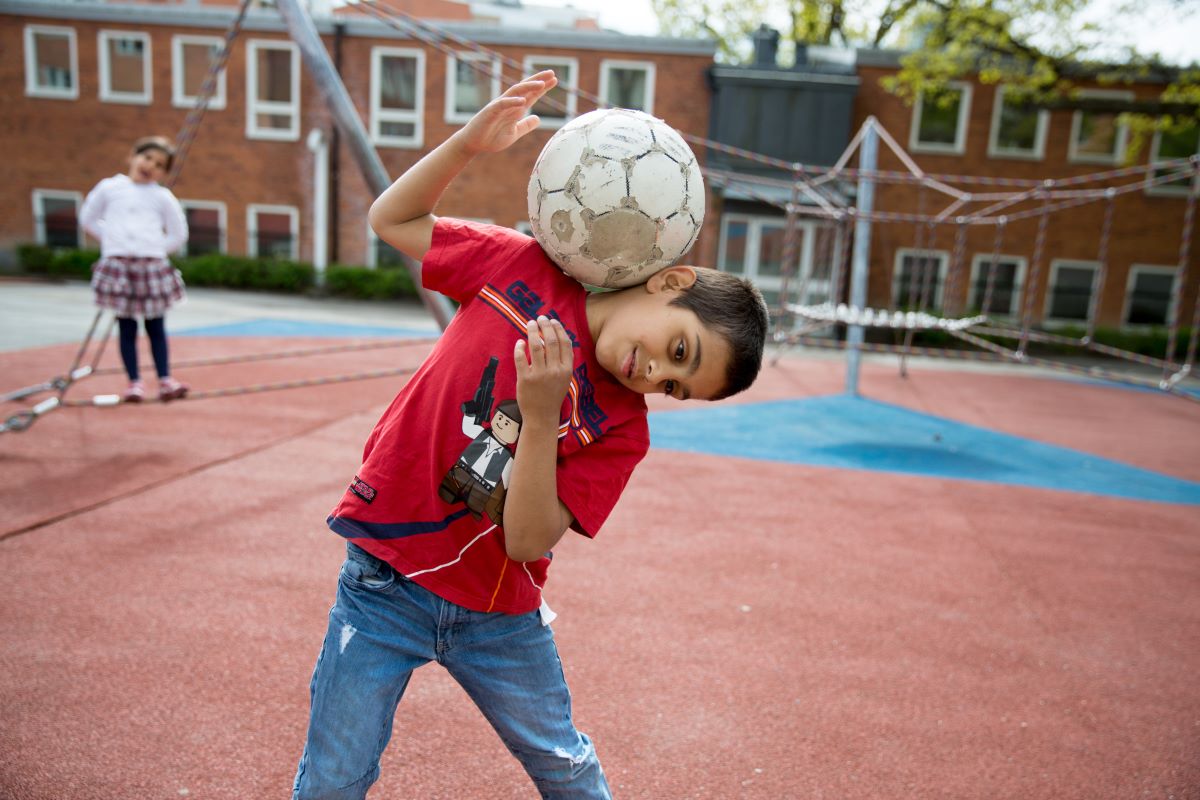
 Please whitelist us to continue reading.
Please whitelist us to continue reading.
Member comments